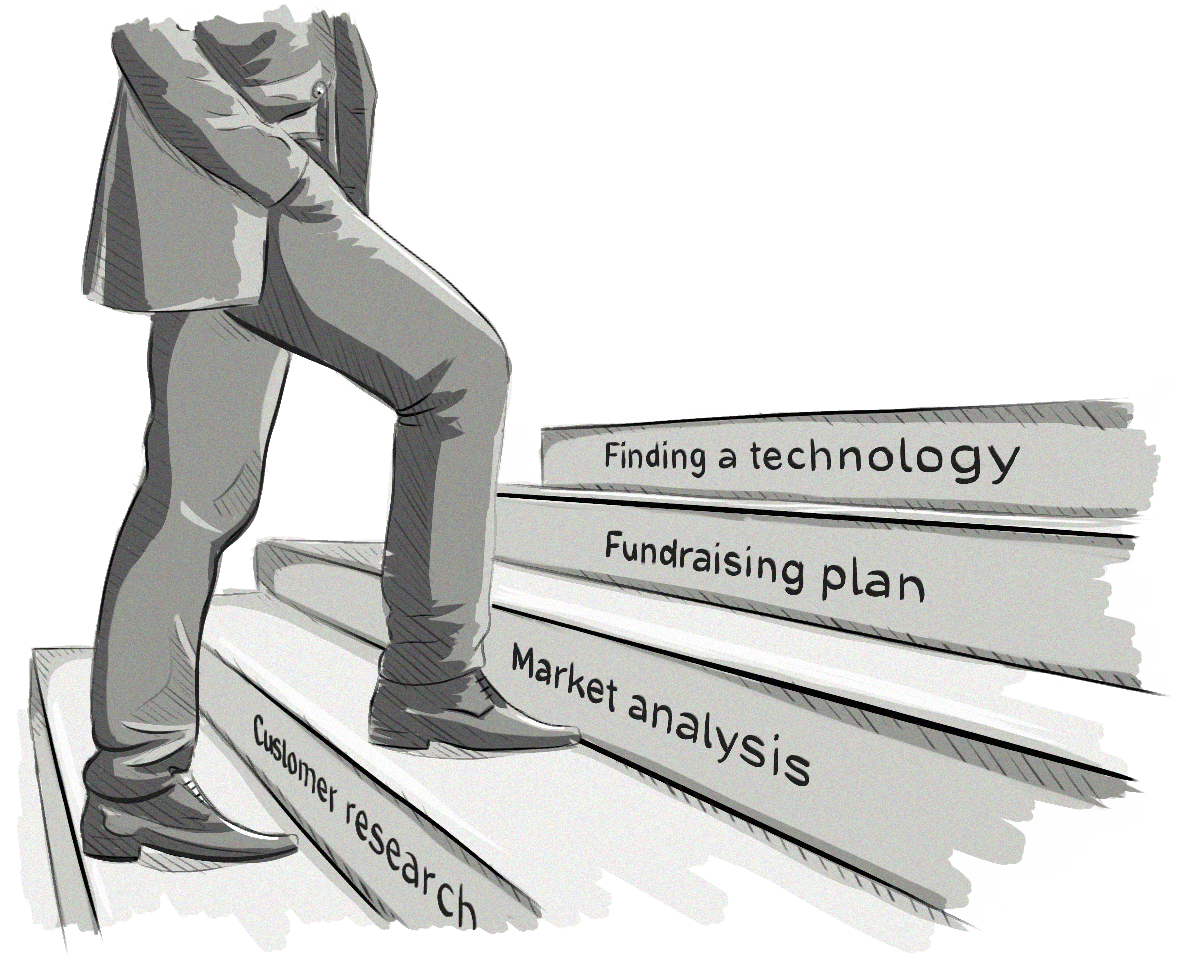The perceived lifestyle of an entrepreneur or startup founder is pretty glamorous – you are your own boss, you get to create something from nothing, you get to realize your dreams, and you often have a bunch of disposable income that allows you to put a few pinball machines in your office for your employees.
While this entrepreneur life does exist, it is not a life shared by all budding startups. The chances of succeeding in the startup game are not as great as some lead us to believe. There are a number of reports that have analyzed their failure rates, and most cite percentages that range from 50% to a worrying 90%.
- Bloomberg reports that 80% of startups will fail within their first 18 months.
- An infographic featured in Mashable states that 90% of tech startups fail.
- The Guardian states that around 50% of small businesses fail within the first couple of years.
Although the chances of startup success are not highly optimistic, there are a number of things that can be done to avoid failure, especially in the early stages.
Creating a minimum viable product (MVP) is one of the most efficient, valuable, and time-saving ways of testing the waters, gaining tangible feedback from users, and validating ideas. Like with all projects, creating an MVP starts with planning, and while some parts of the MVP’s plan will be a joint activity between you and your technical partner, most of the business aspects will need to be completed by yourself.
Here are the main parts that need to be included in your MVP plan:
Identify Your Target Audience
Understanding and listening to your customers is one of the most basic principles for any kind of business. However, before you can start a dialogue with your customers, you must first identify them. One of the easiest ways to do so is to answer these questions:
Which age group do they fall into?
The answer will help you tailor your content, design, and user experience to suit them.
Which social media channels and websites do they use?
Not only will this provide you with an insight into their behavior, it will be easier for you contact and interact with them when it comes time to launching your application and gaining feedback. A great example of how this information is so effective is highlighted by the Dropbox story. Before Dropbox had a working product, the founder, Drew Houston, released a 30-second video on Hacker News, which contained a large amount of his target audience. As a result, he was able to capture over 70,000 email addresses of highly interested future customers.
Based on the information received through customer research, you will be able to create a customer profile – which covers demographic and psychographic information – and lay down the foundations for a detailed buyer persona.
Analyze the Market
Once you have identified your audience, it’s time to analyze the business end. Knowing as much as you can about the market you are about to enter allows you to spot new opportunities and identify risks. Here are two main market areas to analyze:
Size of the market:
Knowing if the market is flooded with applications just like yours will allow you to rethink your strategy and look for a niche and underdeveloped areas of that market.
Competitors:
Competitor research will enable you to discover who your main competitors are, what percentage of the market they own, what they do well, and what new solutions you can bring to the market.
Decide How You Will Raise Funds
Since the aftermath of the dot-com bubble, investors are a lot more hesitant to invest in companies without seeing a high-level prototype or a working application. For startups, this means that raising the money needed to fund their MVP will need to come from other sources. Some of the main avenues for raising funds are crowdfunding, personal savings, credit cards, loans, and friends and family. As with all things financial, each option needs to be carefully considered and the risks identified.
Select the Right Features
The feature selection process will quite often be one shared by you and your technical partner. However, regardless of who is involved, the features selected for your MVP will need to be the ones that are closely related to your MVP’s main goals – to validate ideas, test assumptions, gain user feedback, and showcase your application’s potential.
Find a Technology Partner
Even if you have some technical and coding experience, having the right technical team on board will massively benefit your project and your business. However, not all technical teams are created equal. There are some that will ask for equity as part of the deal, some may just contain a handful of developers, and others will operate on the body-leasing system.
While these options may be attractive in their own ways, in order to successfully take your MVP from the planning stage to creation, to post-launch development through to application support, you will need to find a full-service team that will act as your Technology Partner. By choosing a full-service Technology Partner, all areas of the software-development process will be addressed and the cooperation will feel more like a partnership, rather than just a contractor relationship.
The take-home message is this: even though the chances of success in the startup world may be against you, effectively planning your MVP and making the right decisions based on research and fact will ultimately earn you a seat at the winners table with long-term business success.







